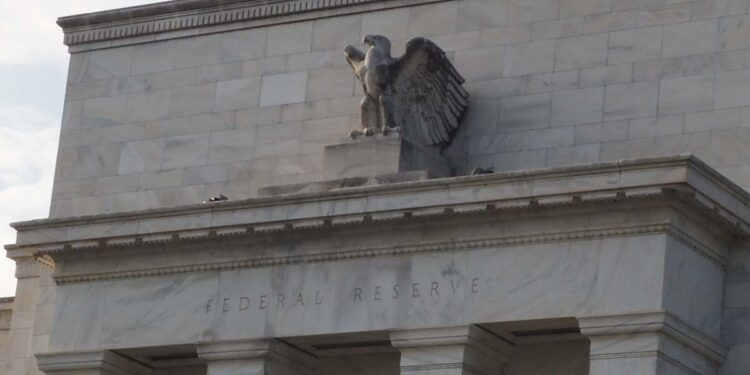The body headed by Jerome Powell has made public the minutes of the last meeting held in March, in which they decided to keep interest rates at 5.25% – 5.5%. In the document, most of the Fed members showed their uncertainty regarding “the persistence” of a high increase in prices, and agreed that recent data still “had not increased their confidence that inflation was declining to 2%”.
One of the main decisions of this meeting, as shown in the minutes, is that the Fed wants to put the brakes on balance sheet reduction in order to give more time to banks, as well as to the short-term funding markets, to adjust to a smaller level of reserves without experiencing “unnecessary stress”. According to the central bank, a slower reduction of the balance sheet would help achieve a transition from “abundant” to “ample” reserves. While the Fed does not indicate what the difference is between both concepts, it does indicate that it will be achieved sooner rather than later.
Regarding inflation, officials indicated that price pressures were affecting all economic sectors, so inflation data were not “statistical aberrations” caused by any specific area.
One of the data that has most surprised Fed officials is the strong GDP growth, which is specifically attributed to the increase in immigration. The entry of foreign workers into the country, which has accelerated since one of the restrictive measures applied during the COVID emergency by former President Donald Trump expired, is behind the renewed strength of the labor market and, as the minutes suggest, may be one of the reasons for the rise in housing prices.
On the other hand, the minutes show the confidence that central bank officials have in technological development. According to the document, some of them indicated that these “technological innovations” could increase productivity, allowing the economy to grow without increasing inflation. It seems that the body led by Jerome Powell is not unaware of the advancement of AI and its advantages in various economic sectors.
In addition, the minutes indicate that the Fed does not rule out the possibility of maintaining the restrictive monetary policy if the fight against inflation stalls. However, it also shows openness to relax its policy in the event of “an unexpected weakening of market conditions”.
The publication of the Federal Reserve minutes comes on a day when the US CPI data for March was released. That month, inflation rose 0.4% to 3.5%, a figure higher than expected that represents the highest year-on-year increase since December, while the core remained stagnant at 3.8%. This has frozen the chances of an initial rate cut in June.
In this regard, according to Fedwatch, the probability of a rate cut that month has dropped from 56% to 16% this Wednesday. In fact, 57% of traders believe that there will be no rate cuts in July. By September, 45.3% of investors – the majority – believe that there will be a reduction in the interest rate, however, 37% of them believe that it will remain at the current level, at 5.25% – 5.50%.
All of this has tinted Wall Street red and boosted the yield on the ten-year bond. Thus, the yield on the T-Note rose 19 basis points to 4.55%, its highest level since November 2023, when the Federal Reserve had not yet published the ‘dot plot’ in which it predicted three interest rate cuts for this year.
In relation to the reductions anticipated by the central bank, Goldman Sachs has reported that, now, they expect two rate cuts this year, specifically in July and November. According to the entity led by David Solomon, “the committee will need to see a longer series of weaker inflation data in the coming months,” as stated in a document published this Wednesday.


